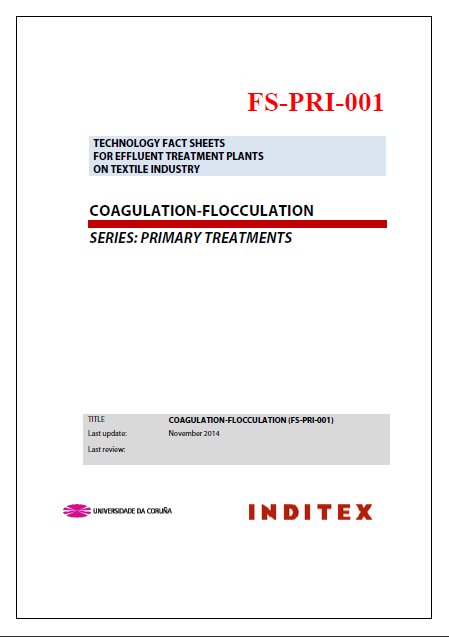Distillation Water Treatment
Distillation is one of the oldest methods of water treatment and is still in use today though not commonly as a home treatment method. It can effectively remove many contaminants from drinking water, including bacteria, inorganic and many organic compounds. Note that home water treatment is considered only a temporary solution. The best solutions to a contaminated drinking water problem are to either end the practices causing the contamination or change water sources. Distillation is a process that relies on evaporation to purify water. Contaminated water is heated to form steam. Inorganic compounds and large non-volatile organic molecules do not evaporate with the water and are left behind. The steam then cools and condenses to form purified water.
Distillation Water Treatment
Distillation is one of the oldest methods of water treatment and is still in use today though not commonly as a home treatment method. It can effectively remove many contaminants from drinking water, including bacteria, inorganic and many organic compounds. Note that home water treatment is considered only a temporary solution. The best solutions to a contaminated drinking water problem are to either end the practices causing the contamination or change water sources. Distillation is a process that relies on evaporation to purify water. Contaminated water is heated to form steam. Inorganic compounds and large non-volatile organic molecules do not evaporate with the water and are left behind. The steam then cools and condenses to form purified water.
Module 16: Diatomaceous Earth Filtration
Learning Objectives
As a result of this unit, the learner will:
• Be introduced to the operating concept of Diatomaceous Earth (D.E.) filtration.
• Be able to determine what types of source water can best be treated by D.E. filtration
• Receive information on the common uses of D.E. filtration in the United States.
• Be aware of the treatment effectiveness of D.E. filtration on particles, Giardia, and Cryptosporidium.
Module 16: Diatomaceous Earth Filtration
Learning Objectives
As a result of this unit, the learner will:
• Be introduced to the operating concept of Diatomaceous Earth (D.E.) filtration.
• Be able to determine what types of source water can best be treated by D.E. filtration
• Receive information on the common uses of D.E. filtration in the United States.
• Be aware of the treatment effectiveness of D.E. filtration on particles, Giardia, and Cryptosporidium.
Data Evaluation as a Guide in Water Treatment Process Selection
Abstract: Data analysis and evaluation form the basis of all engineering design. In order to come up with a cost effective design of a water treatment plant in small communities around Maiduguri, Borno State, the population as well as the surface water within the selected localities were evaluated and analyzed leading to a process selection which is expected to provide potable drinking water that satisfies the requirement of WHO (world Health Organization) standard.
Data Evaluation as a Guide in Water Treatment Process Selection
Abstract: Data analysis and evaluation form the basis of all engineering design. In order to come up with a cost effective design of a water treatment plant in small communities around Maiduguri, Borno State, the population as well as the surface water within the selected localities were evaluated and analyzed leading to a process selection which is expected to provide potable drinking water that satisfies the requirement of WHO (world Health Organization) standard.
Module 14 Conventional Filtration
Learning Objectives
. Understand the purpose for Conventional Water Treatment and relevant regulations
. Use vocabulary appropriate to conventional filtration of water in discussing the process.
. Follow the Typical Process Flow Diagram and identify the four major conventional filtration processes.
Module 14 Conventional Filtration
Learning Objectives
. Understand the purpose for Conventional Water Treatment and relevant regulations
. Use vocabulary appropriate to conventional filtration of water in discussing the process.
. Follow the Typical Process Flow Diagram and identify the four major conventional filtration processes.
Coagulation-Flocculation
INTRODUCTION
The total solids content of natural o residual water is one of the most important physical parameters. The total solids are composed by floating materials, suspended solids, colloidal dispersion and dissolved solids. The total solids, or dry residue, can be categorized into suspended solids and filterable solids. The filterable solids fraction comprises colloidal and dissolved substances. The colloid fraction consists of particles with a diameter ranging from 10-3 to 1 m. Dissolved solids comprise organic and inorganic substances together with ions that are dissolved in water.
Coagulation-Flocculation
INTRODUCTION
The total solids content of natural o residual water is one of the most important physical parameters. The total solids are composed by floating materials, suspended solids, colloidal dispersion and dissolved solids. The total solids, or dry residue, can be categorized into suspended solids and filterable solids. The filterable solids fraction comprises colloidal and dissolved substances. The colloid fraction consists of particles with a diameter ranging from 10-3 to 1 m. Dissolved solids comprise organic and inorganic substances together with ions that are dissolved in water.










